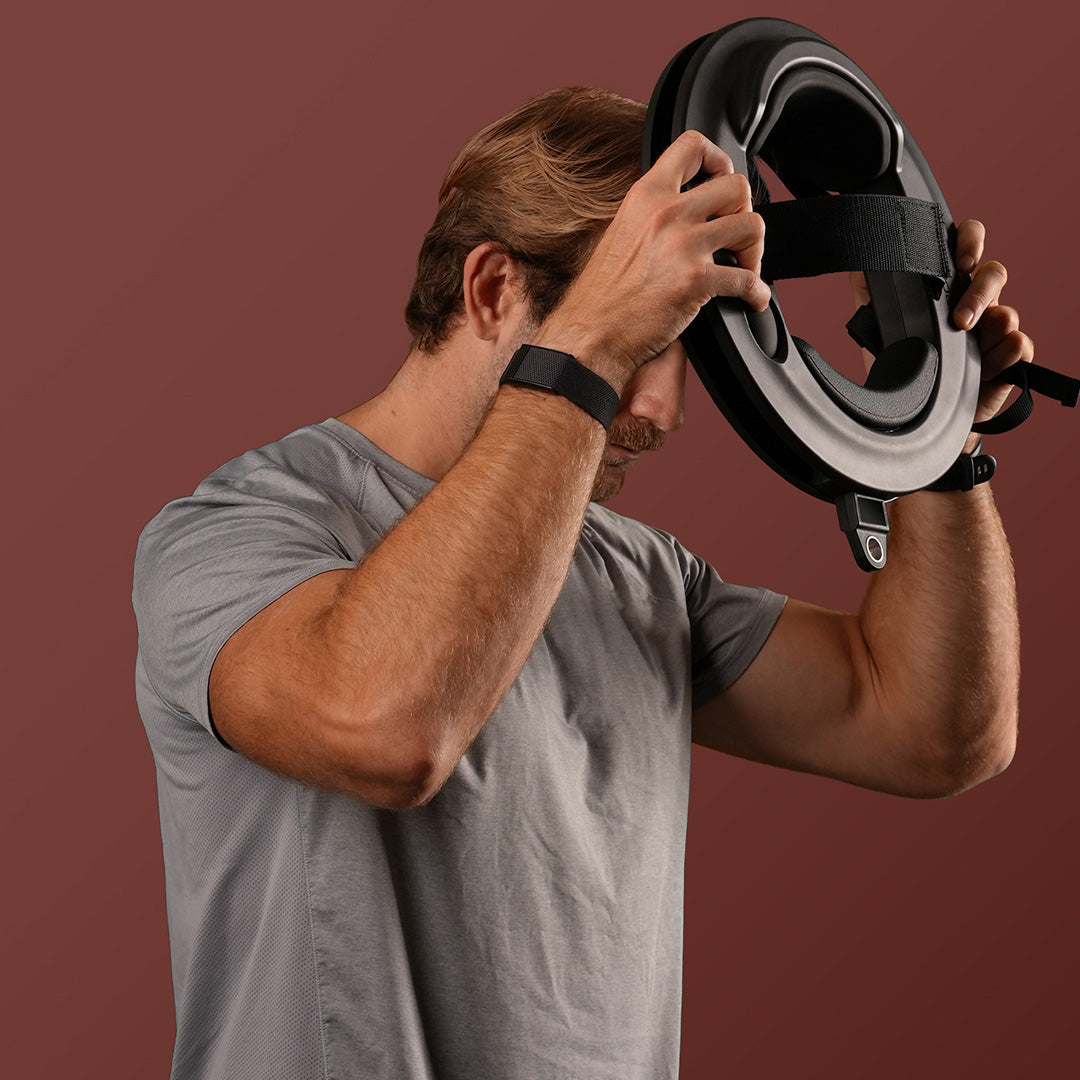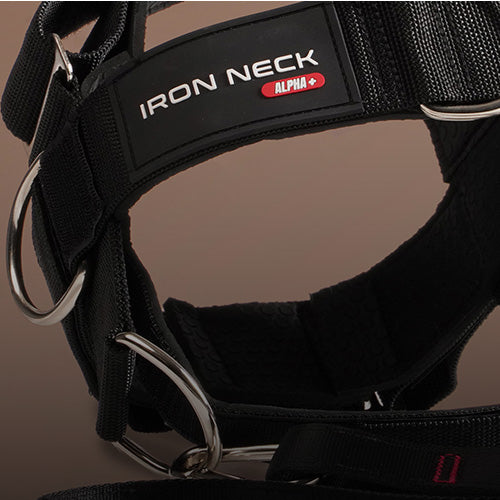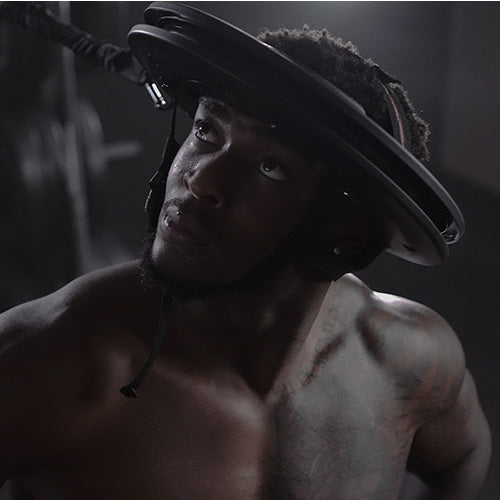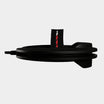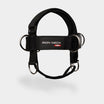Looking to get the most out of your neck training regimen? You’re in luck. Because today, we’re going to talk about some mental cues when neck training that will help you really concentrate on the specific muscle groups you’re trying to train. This will get you better results - and actually focus on muscle growth rather than just going through the motions.
If you’re unfamiliar with what the mind-muscle connection is, you’re about to find out. This is where you focus all your attention on feeling the contraction of whatever isolated muscle group you’re working on - in this case, the neck muscles. And in this short guide, we’re going to talk to you about some of our favorite mental cues for neck training. Let’s start with an in-depth breakdown of the mind-muscle connection. Then, we’ll explain how it relates to the neck muscles and what it looks like in action.
A Quick Explanation Of The Mind-Muscle Connection
If you’re new to working out - specifically, weight training - you probably just go into the gym and do your exercises. You might not really think through each rep and emphasize the stretches and contractions you feel from a mental standpoint. But if you ask the world’s leading bodybuilders and strength athletes - or even just the biggest guy at your local gym - mind-muscle connection is the difference between completely exhausting your muscles and pushing them to the limit and just going through the motions. So, what exactly is the mind-muscle connection?
This is a conscious and deliberate attempt to feel the muscle contract while you’re performing a movement. To help you understand, let’s use the bicep curl as an example. A novice lifter will just curl the weight up and let it return to the starting position. The only thought going through their head is how many reps they’ve performed - and what they’re going to eat for dinner. But when practicing mind-muscle connection, you’re actively thinking about the tension you create during that bicep curl. You are focusing on the specific muscle group - in this case, the bicep. What this does is helps you get more bang for your buck with each movement you do. Here are some key takeaways from the mind-muscle connection:
- It works best for isolating muscle groups. You can still use it for compound movements like squats/bench, but because these movements incorporate multiple muscle groups it is far tougher and less effective.
- You’ll want to perform movements slower and more controlled to really hone in on the mind-muscle connection
- You actively think about the muscle group you’re isolating. With the bicep curl, you’re envisioning each and every tiny muscle fiber in your bicep contracting as you raise the weight up to your shoulder, focusing on the squeeze at the end.
- To really get that mind-muscle connection firing, you can touch the muscle group in question with your hand. This gives you feedback to your brain as you actually feel the muscles contracting/shaking under the load.
Applying Mind-Muscle Connection To Neck Training
Applying the mind-muscle connection to your neck training is a great way to actively strengthen the neck muscles and really make them work. We see a lot of people reporting that when trying to train their neck, they don’t really “feel” anything happening. They know they are exercising as they get tired from doing neck extensions, retractions, glides, etc. - but they don’t really feel the muscular contractions in the neck. This is a telltale sign of poor mind-muscle connection.
So, try the tips we mentioned above the next time you train your neck. Here is some advice on how you can apply the mind-muscle connection when doing protraction/retraction movements. When doing neck retractions, you can put one hand on the front of your neck. As you tuck your chin, you should focus on squeezing those tiny neck muscles - and you’ll feel them working with your hand there. You can then release and you’ll feel the stretch. Then, repeat the movement and continue focusing on that contracting sensation of this muscle group. You can turn around to perform protractions and feel the same thing on the back of your neck.
The mind-muscle connection is a pretty simple skill to develop - but it is something that you won’t truly comprehend until you feel it yourself. So the next time you work out, try your best to feel each and every rep you do. Slow down and squeeze - and watch in amazement as you finally start to feel the work you’re doing!
Other Mental Cues When Neck Training
Learning how to develop a good mind-muscle connection really is most of the battle with neck training. Once you can feel your muscles working, you’ll start to get more out of your training. But you might be wondering - are there other mental cues when neck training that can help you perform movements more effectively and safer? There sure are! Let’s talk about a few cues that will help you perform specific neck strengthening exercises: starting with retraction.
Pack Your Chin When Performing Neck Retraction
When performing the protraction movement, think about “packing your chin” or creating a double chin. To really force those muscles into overdrive as your contract, your goal is to pack your chin as deep into your neck as possible. Try this out yourself and see what we mean!
Chin To Shoulder When Performing Look Left, Look Right
One of the six foundational movements we recommend everyone start out with is the look left, look right movement. This one can be tough to feel for beginners - but with the right mental cue, you’ll be well on your way to getting the most out of this movement. Think about touching your chin to your shoulder on the left side, and then on the right side. When you rest your chin on your shoulder you’ll feel the squeeze in your neck muscles.
Draw A Square With Your Nose When Performing Cervical Glides
Cervical glides are one of our absolute favorite neck exercises because they hit the neck muscles from all angles. But they are definitely a more advanced movement. Getting the technique down perfect isn’t easy. But there are some mental cues you can use when performing cervical glides to help get the right movement patterns engrained.
Think about drawing a square with your nose - you’ll point your nose forward to get the start point for your square. Then, draw a straight line across with your nose by thinking about bringing your ear to your shoulder - without shrugging or moving your neck angle. Then, pack your chin - and complete the square by drawing a line all the way to the left before returning to your starting position. If you just think about drawing squares over and over, this movement is actually really simple.
Final Thoughts On Mental Cues When Neck Training
There you have it - everything you need to know about mental cues when neck training. We’ve discussed the mind-muscle connection and why this is so important for you to try and develop in your own training. And, we’ve shared three mental cues for three of our favorite neck exercises. At this point, it’s up to you to take what you’ve learned and put it to the test in your next training session.
If you really want to upgrade your training game, you need the right tools, though. There is no better neck workout equipment than the Iron Neck. This revolutionary device unlocks 360-degree movements so you can hit the neck muscles from all angles safely and efficiently. If you’re looking for a budget friendly approach to training, though, we have neck weight harnesses and resistance loop bands that will help you get started on the right foot.



